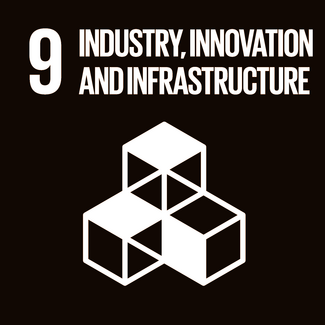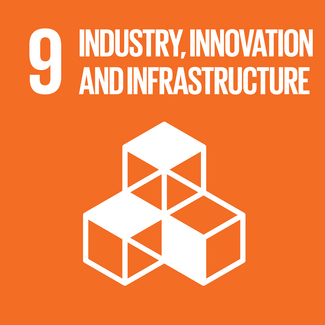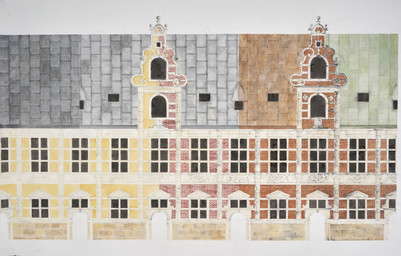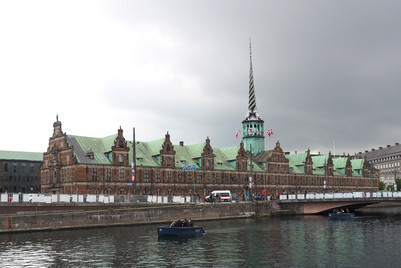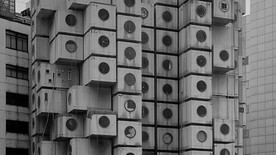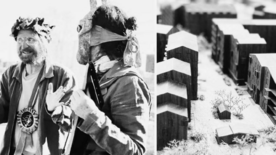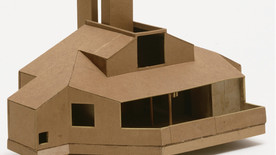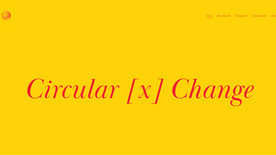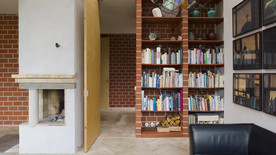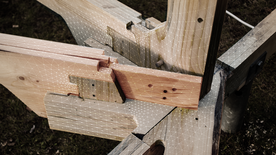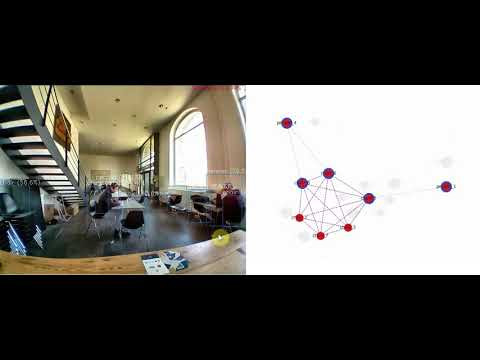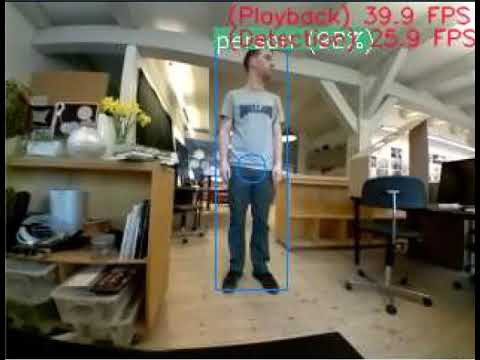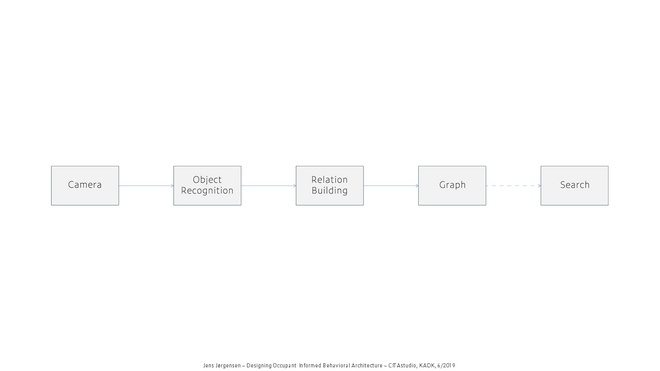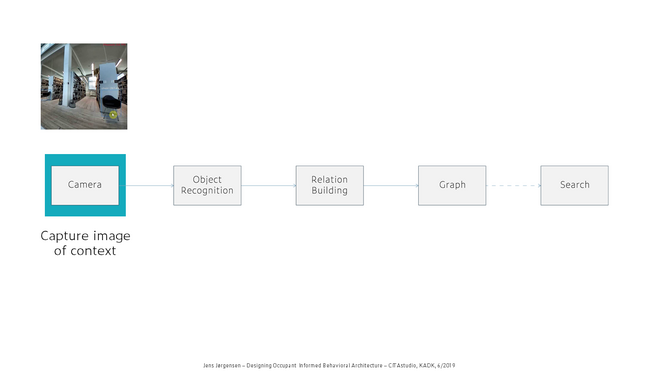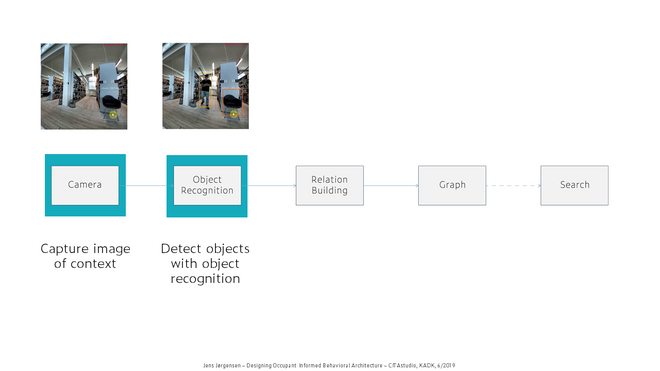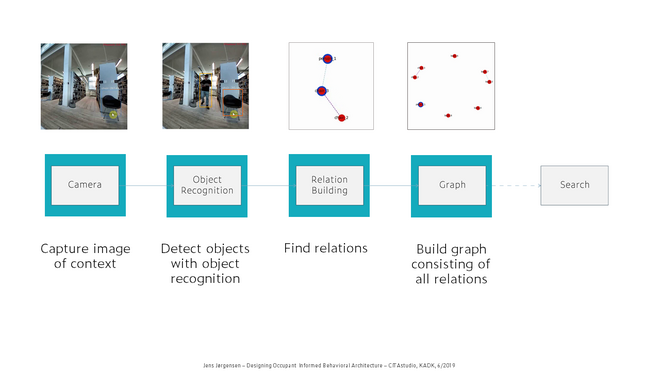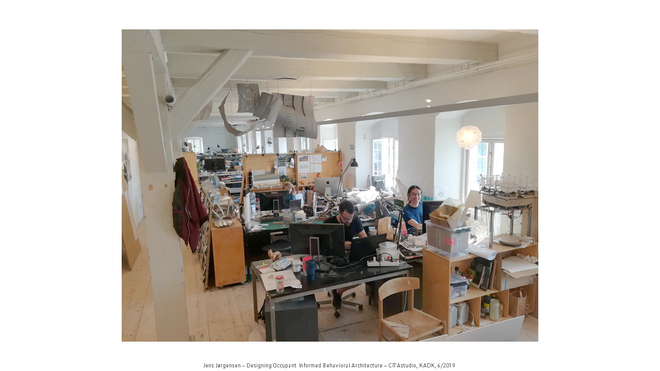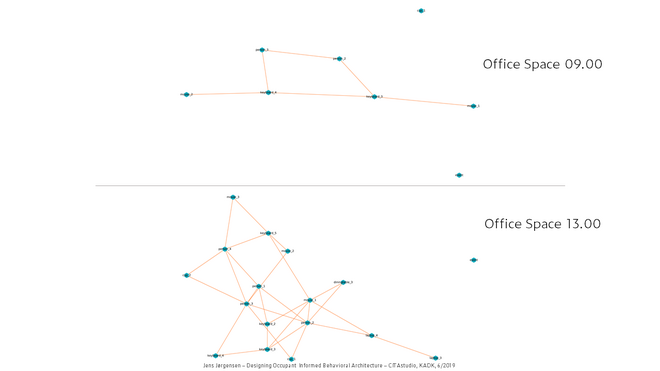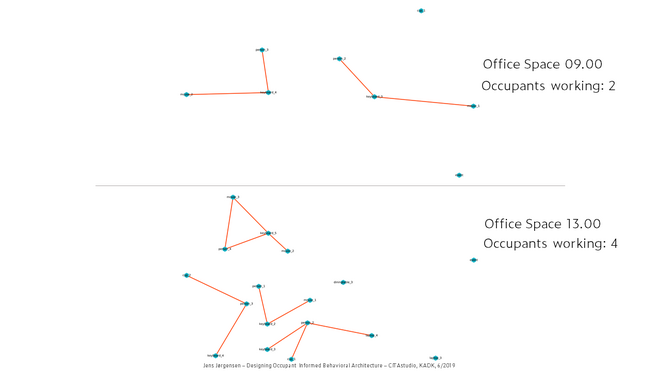
Designing Occupant Informed Behavioral Architecture
This project suggests a novel approach to surveying and analyzing occupancy in an architectural context. By using cutting edge technology, and enabling architects to quickly and efficiently gather information at any time through the building life-span, from design to obsolescence, we can build architecture that is not only better to live in, but also more efficient in terms of both human and environmental factors.
As architects, we need contemporary methods and tools to understand the behavior of the occupants who inhabit and use the buildings we design. We use this knowledge to improve our understanding of architectures influence on the behavior and well-being of the occupants, and thereby our own understanding of how to create architecture that solves problems and makes the lives better for the users.
The process underlyng this project can be viewed as two parts.
The first part consists of a custom built embedded camera, coposed of a camera module connected to a mini computer, and a Intel "Neural Compute Stick", making the otherwise limited power of the Raspberry Pi, capable of running machne learning models, in this case specifically the YOLO3 objecte recogniton network.
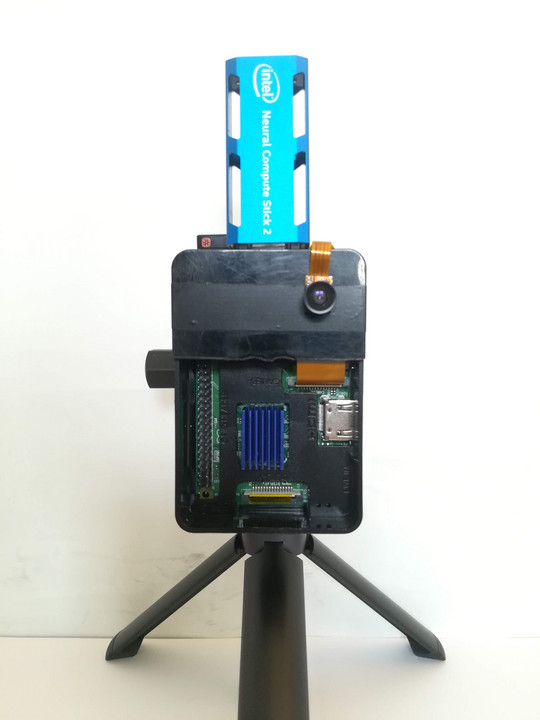
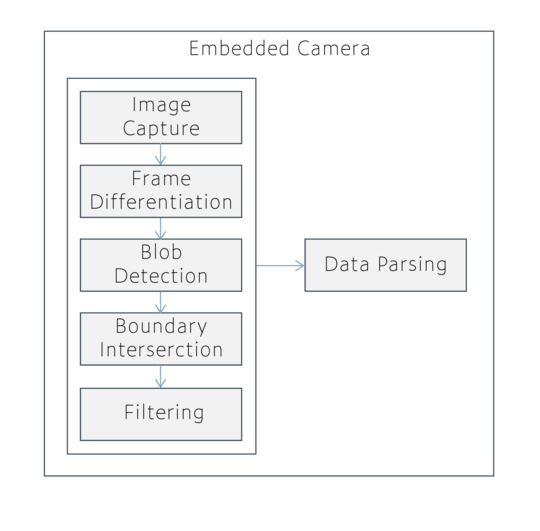
The second part of the system, is custom written software, that combines the detected objects into "relations".
Such "relations" can consist of physical interaction, semantic relations, situation specific relations or more.
The result is a large network, consisting of all objects in the surveyed area, and their relations to eachother. These "relations" are later combined into site-specific "situations"
Both "relations" and "situations" are defined by the surveyor. But where "relations" are relating all detected objects imaginable, the "situations" are specifically defined to only combine objects that are of interest for the secific survey.
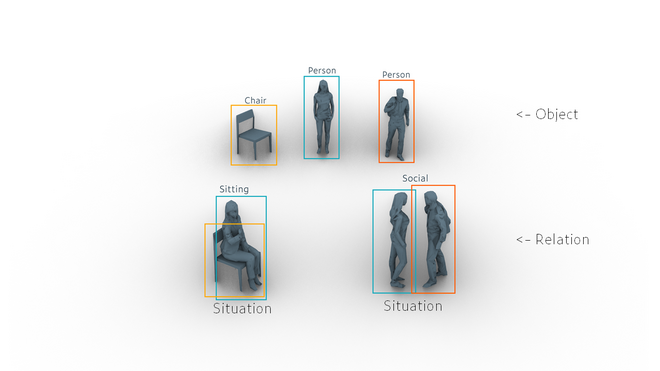
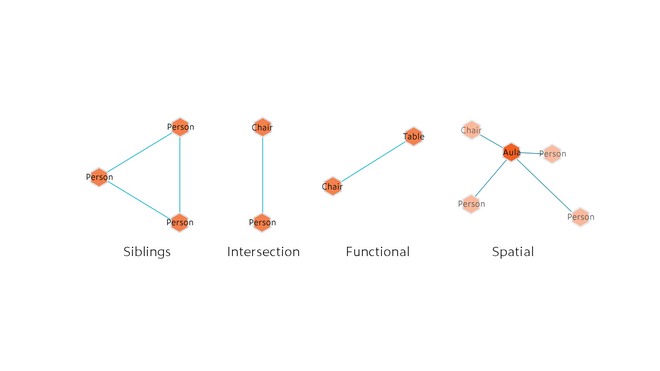
The collected networks can be searched through for both specific relations aswell as time and location. Unlike most traditional surbey tools, this method allows for much deeper and icher data to be extracted from ocupancy surveys, allowing surveyors to revisit data and questions, that wasn't of interest at the time of the survey design.
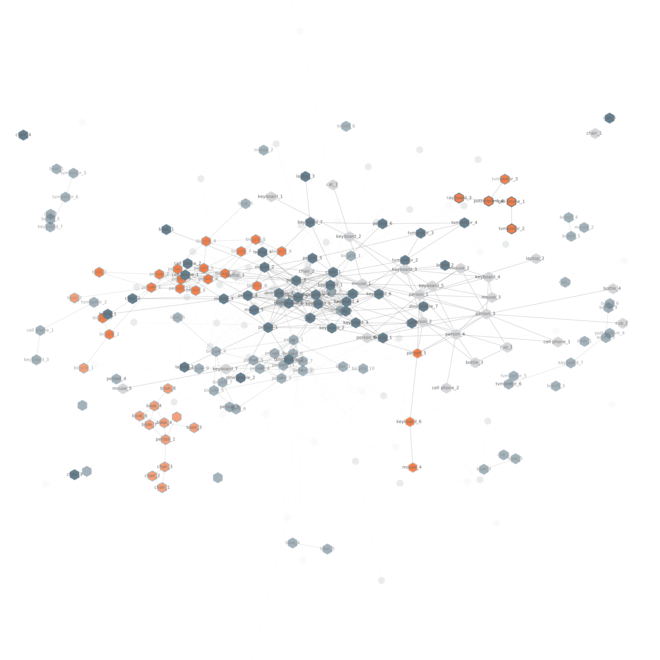
Det Kongelige Akademi understøtter FN’s verdensmål
Siden 2017 har Det Kongelige Akademi arbejdet med FN’s verdensmål. Det afspejler sig i forskning, undervisning og afgangsprojekter. Dette projekt har forholdt sig til følgende FN-mål